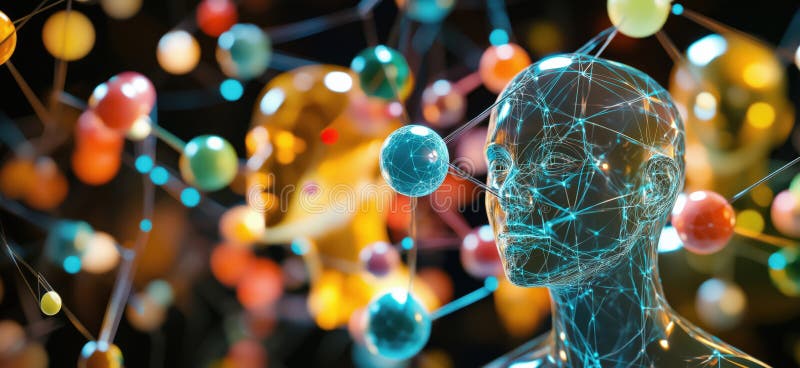Book Progress
Part I: Philosophy & History
Part II: Psychology & Sociology
Part III: Technology & Society
Part IV: AI & The Future
Part V: Cybersecurity & Defense
Part VI: Practical Application

Post-Physical Human
Crafting the Digital Self
Guiding Questions
- What does it mean to be human when much of our existence takes place in digital rather than physical spaces?
- How do we construct and maintain identity, relationships, and meaning in virtual environments?
- What are the opportunities and challenges of post-physical human existence?
- How do digital tools and environments change the fundamental nature of human experience?
Beyond Physical Constraints
The post-physical human represents a fundamental shift in the human condition, where increasing portions of our lives, relationships, and identities exist in digital rather than physical spaces. This transformation involves more than simply using digital tools; it represents a new mode of being human that transcends traditional physical limitations.
Post-physical existence doesn't mean abandoning the physical body or world, but rather expanding human possibility through digital augmentation and virtual presence. It involves developing new forms of consciousness, identity, and relationship that operate across both physical and digital domains.
Understanding the post-physical human requires examining how digital technologies change fundamental aspects of human experience including consciousness, embodiment, social connection, creativity, and meaning-making. It also requires considering both the opportunities and risks this transformation presents for human flourishing.
Dimensions of Post-Physical Existence
1. Expanded Consciousness and Cognition
Digital technologies extend human cognitive capabilities through external memory, computational assistance, and access to vast information networks. This creates new forms of consciousness that operate through human-machine collaboration and networked intelligence.
Post-physical consciousness involves learning to think with and through digital systems, developing new forms of attention and awareness that span multiple platforms and environments simultaneously.
2. Virtual Embodiment and Presence
Digital environments create new forms of embodiment through avatars, interfaces, and virtual representations that extend human presence beyond physical limitations. These virtual bodies enable new forms of expression, interaction, and experience.
Post-physical embodiment involves developing facility with multiple forms of presence and learning to navigate the relationships between physical and virtual forms of being in the world.
3. Networked Identity and Relationship
Digital networks enable new forms of identity that span multiple platforms, communities, and contexts. Post-physical identity involves managing multiple representations of self while maintaining coherence and authenticity across diverse digital environments.
Relationships in post-physical contexts develop through sustained digital interaction, shared virtual experiences, and collaborative creation that can form deep bonds despite physical separation.
4. Creative and Productive Capabilities
Digital tools dramatically expand human creative and productive capabilities, enabling new forms of art, collaboration, and value creation that would be impossible in purely physical contexts.
Post-physical creativity involves learning to work with AI systems, digital tools, and virtual environments as collaborative partners in the creative process.
Case Studies in Transformation
Embracing Post-Physical Potential
The post-physical human represents an expansion rather than a abandonment of human potential. By developing capabilities that operate across both physical and digital domains, we can transcend traditional limitations while preserving the essential qualities that make us human.
Success in post-physical existence requires conscious development of new literacies, capabilities, and forms of presence that work effectively in digital environments. This is not about becoming more machine-like but about learning to use digital tools as extensions of human consciousness and creativity.
The challenge and opportunity of becoming post-physical is to expand human possibility while maintaining human values, relationships, and meaning. This requires intentional choice about how to integrate digital capabilities in service of human flourishing.
Reader Reflection Questions
- 1. In what ways has your identity or sense of self been shaped by digital tools and environments?
- 2. What aspects of your work or creativity have been enhanced by digital technologies?
- 3. How do you maintain authentic relationships and connections in increasingly digital contexts?
- 4. What new capabilities would you like to develop for thriving in post-physical existence?
Continue Your Journey
Explore human essence or revisit identity fundamentals.